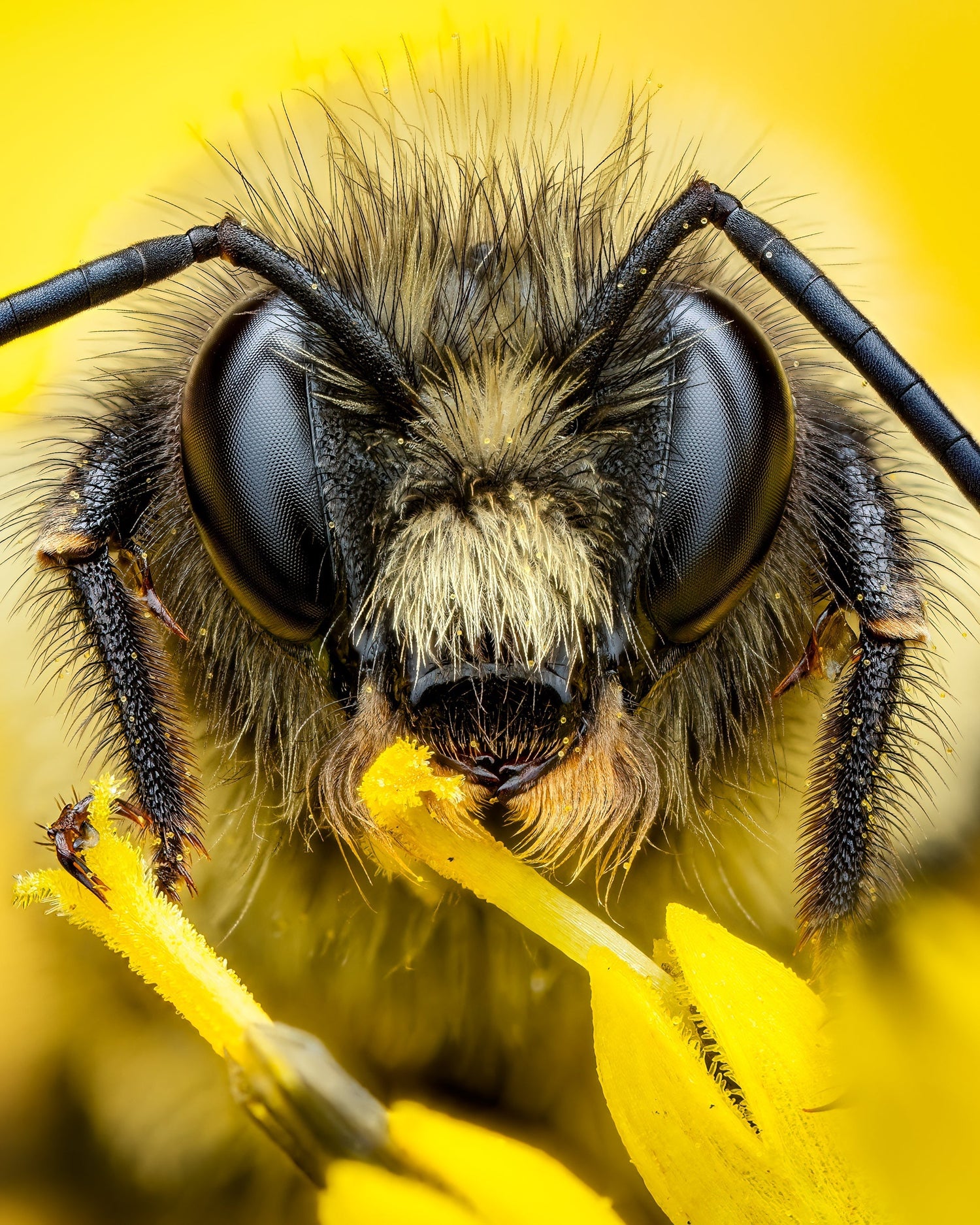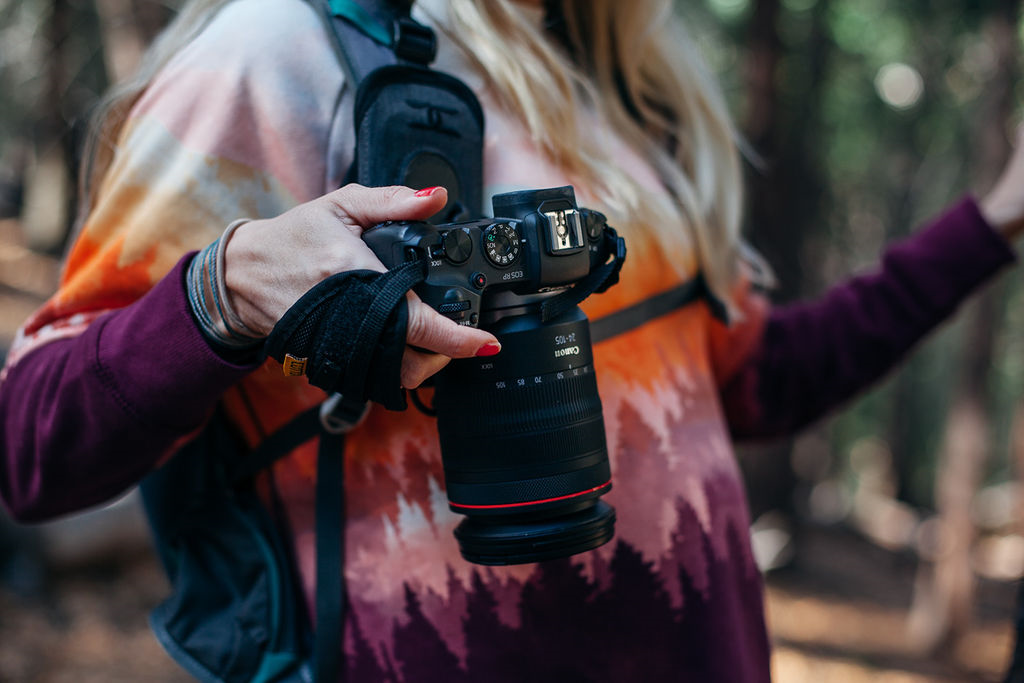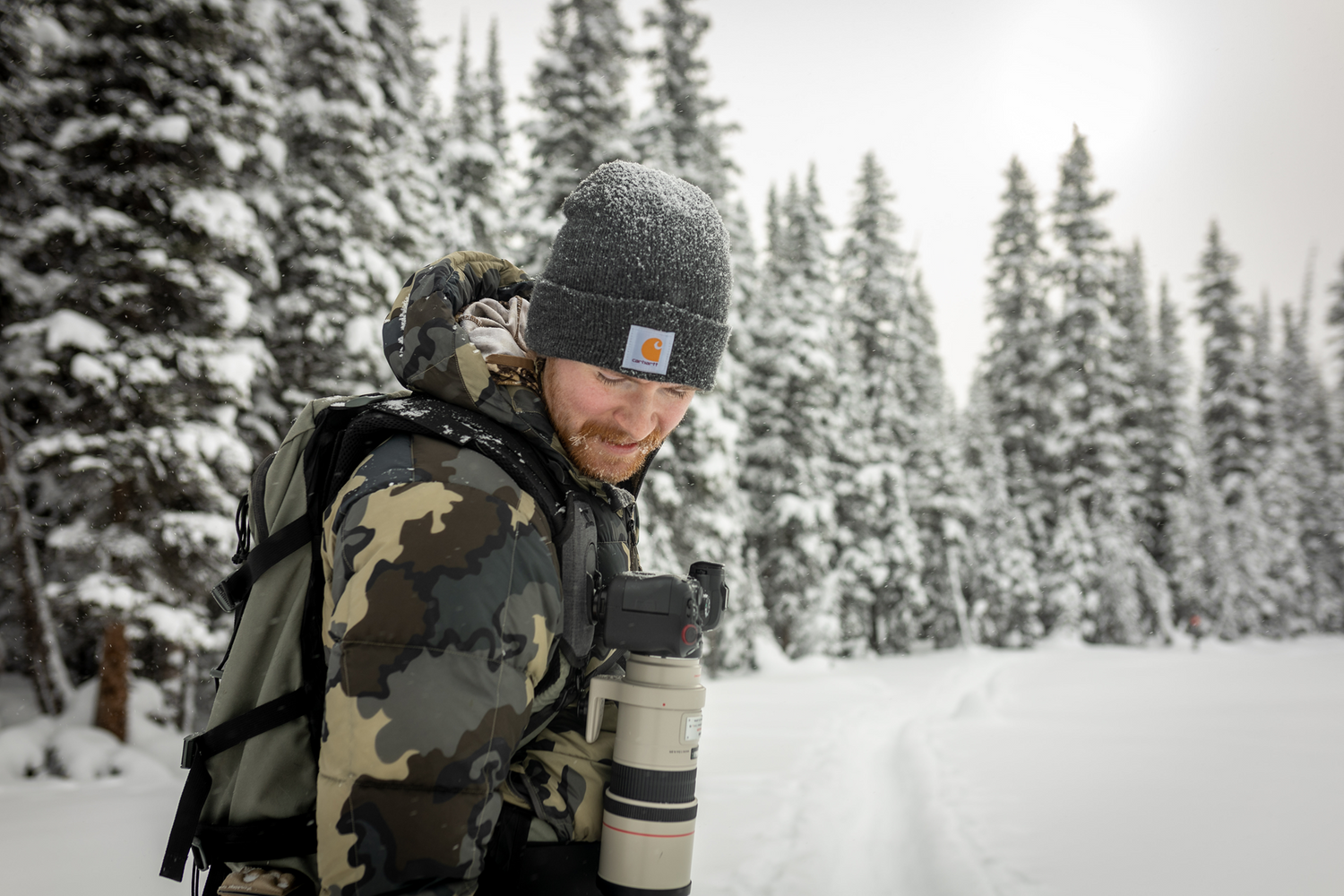If you want to capture sharp bird photos, you need the right set up to help. Birds are generally full of energy, so too much noise can scare them away and too-slow shutter speeds will ruin your shots. Capturing birds is about speed, precision, and silence. Here are a few recommendations for creating the best birding photography set up.
6 Tips for the Best Birding Photography Set Up
1. Use the Right Camera
Most birds are small, fast, and do not sit in one place for very long. If you want to take great photos, you need the equipment to match their behavior. You’ll need a camera with a fast auto-focus and shooting rate, and a lens that’s at least 200mm.
When using your camera, here are a few tips on settings:
- Use Shutter Priority mode to set your shutter speed, Aperture will be balanced by your camera
- Use the lowest ISO you can afford for noise-free photos
- Use back-button focus to capture tack-sharp photos
- Use continuous shooting to nail the action photos
2. Bring a Bird Identification Guide
Having a good bird identification guide on hand helps identify species in your area. You’ll be able to learn basic calls and see the range and taxonomic classifications. This is invaluable when looking to capture specific birds or habitats.

3. Move Slowly & Get Close
When you’re in the field, move calmly and quietly. If you have to talk, keep your voice low and don’t make any sudden movements. When you can, get as close and intimate as possible to capture those detailed shots, which is why silence is key. A lens with a long focal length definitely helps, but you’ll want to position yourself as close as possible to the action.
4. Use a Blind or Conceal Yourself
Investing in a hunting or photography blind gives you a better chance of getting closer to your subject. You can also build your own from natural materials like tree limbs and leaves, or wear camo clothes and blend in with your landscape.

5. Invest in a Camera Harness
Having your camera ready for action is crucial to capturing the perfect shot. A camera harness can help keep your camera close to your body, allowing you to instantly and quietly deploy it in time. With a camera harness like The SKOUT, you have great stability and weight distribution at the same time as keeping your optics accessible.
6. Have a Birding Bag
Consider having a bag with a kit so you’re prepared for anything. This includes a rain cover, raincoat, notebook, binoculars, bird identification guide, lens cloth, sunscreen, bug repellent, and snacks. That way, when you’re ready, you’ve got everything you need for your birding photography.
The Camera Harness for All Photography Needs
Whether you’re a nature photographer or stick exclusively to birds, you need a camera harness that keeps your camera and or binoculars secure but accessible. Cotton Carrier carries a variety of harness options from sling-style to dual-camera harnesses to binocular harnesses. All Cotton Carrier harnesses are made from professional grade materials like Rugged Nylon 6 camera mounts, oversize clips, and our patented Twist & Lock mount. Our systems have completely silent releases that will not disturb birds. The twist and lock system has no "click" and allows for a very stealthy removal of the camera/bins from the holster. Visit our website to shop our camera harnesses and other accessories.





